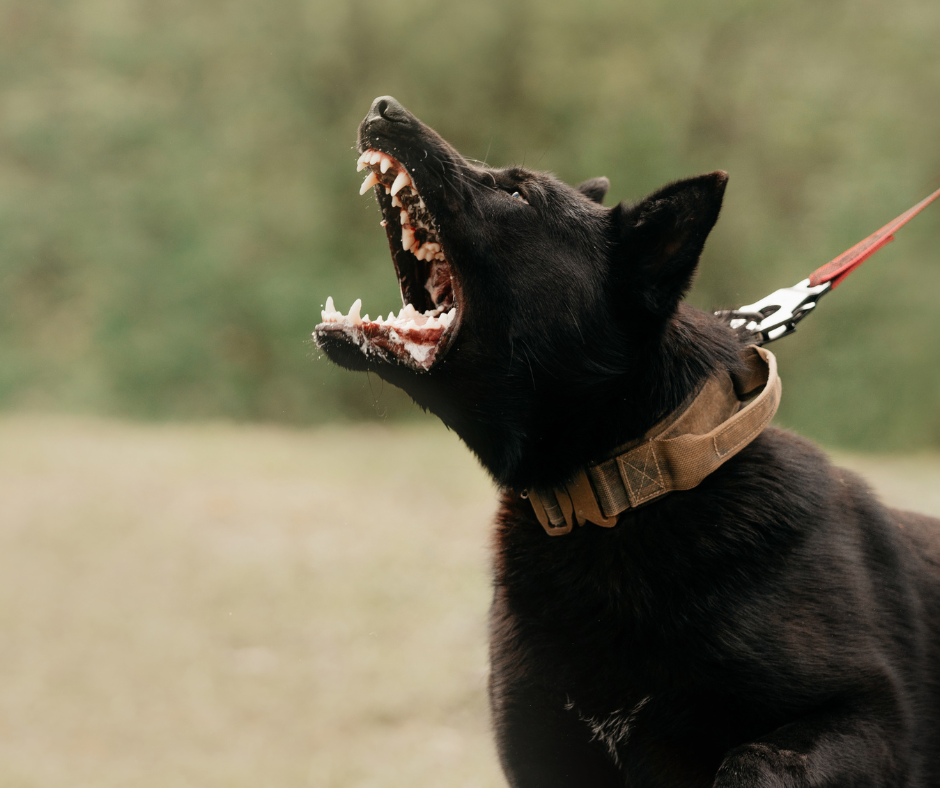What is management in dog training, and why is it likely one of THE most important parts of dog behavioural change? Let’s discuss!
[To watch on Youtube instead (and see my cringey spider acting!!) click here]
The internet is fascinating. There is a lot of quality, free advice on the internet. However, there is also a lot of garbage. I was recently reading the comment section on an Instagram post about window reactivity.
(I know, I know… NEVER read the comment section…)
This post was discussing that the dogs owners moved their furniture so that their dog would be unable to look out the window (and therefore bark at people).
Fascinatingly, in the comment section there was a dog trainer reprimanding them and claiming that “behavioural management is just cheating”. They were trying to claim that since moving the furniture (management) is not teaching the dog how to cope when seeing people walk by, it’s simply avoidance & cheating because the “results” are not real. Is that true though? Let’s discuss!
First, it’s important to define what behavioural management is:
In complex terms management in dog training is limiting uncontrolled everyday exposures to triggers.
However, I prefer to explain it to clients as anything that helps prevent the practice of the “bad” behaviour we’re trying to change.
Some examples of management include:
- Using window film or closing the blinds during non-training times as a visual block for window reactivity
- Avoiding dogs during non-training times for a dog that is leash reactive to other dogs
- Keeping countertops food-free during non-training times for a dog that steals food

Management is not a SUBSTITUTE for dog training! It’s an incredibly powerful ADDITION to actively training your dog.
It’s not either management OR dog training; it’s management AND dog training.
In fact, management is a critical part of proper behavioural training! We need to stop the practice of the behaviour we’re trying to change in order to be successful at building a new one.
I like to explain things with human analogies to help you understand your dog!
In this case, let’s say that I want to work on my tremendous fear of spiders.
The active “training” portion would be exposing me to controlled, positive “doses” of spiders to counter condition me and develop my tolerance (IE the same thing we do with dogs that are leash reactive to other dogs).

Management would be avoiding spiders during non-training times.
Why are BOTH necessary?
If I had 20 minutes of fantastic, positive experiences with spiders daily during the training BUT I was also randomly bitten by spiders the other 23 hours a day (no management) I PROMISE you that my fear of spiders would not improve.
In fact, without management my fear of spiders would continue to get worse regardless of how amazing that 20 minute training session might be.
Let’s talk about one more example.
Dogs steal food off the counter because 1) It smells amazing and 2) It’s there. Management while training “counter surfing” is removing access to any possibility of stealing food during non-training times.
Should this be necessary?? Shouldn’t your dog just “know better”?
Do you?
Let’s say I’m trying to dramatically lower my sugar intake. Which of these situations do you think would lead to more success:
- Keeping sugary foods out of the house to prevent access
- Leaving freshly baked cookies on the counter, but trying to use will power to resist them

It’s an obvious answer!
For some reason we can recognize the value (& necessity!) of management when we’re trying to change our own behaviours, but forget that dogs REALLY need that too.
I like to think of management & active training like peanut butter & jam: they’re better together.
So no, management is not “cheating”. Setting your dog up for success IS good dog training!
If you’re working on any sort of behavioural change with your dog, please consider how you’ll use management to help their progress.
Also, if you have any management tips for concerns you’re working through please share them in the comments below to help your fellow dog owners!
Happy training 🙂
Disclosure: Happy Hounds uses affiliate links. Purchasing with these links will not cost you any extra, but I get commissions for purchases made through these links. Affiliate links help me to continue to offer free resources & blog posts. I would love if you used them!


+ show Comments
- Hide Comments
add a comment